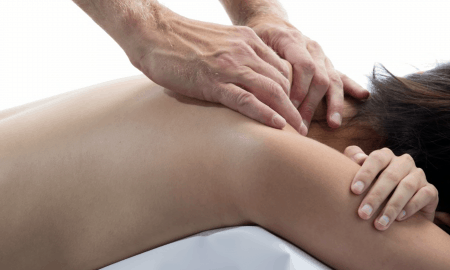
Balance problems of multiple sclerosis patients are often misunderstood for signs of drunkenness. This is because some neurological damages are invisible to others. Veterans with vertigo or dizziness related handicap and balance problems also struggle to keep their confidence. In these situations, hiring a caregiver or personal assistance becomes important for safety. Postural imbalance and dizziness if left untreated can increase the risks of falls, which can lead to serious injury and interference with daily life.
Yes, there are medications that can help stabilize the problem but that alone is not enough. Exercises can help you improve, prevent further injuries and regain confidence. So read ahead to find out some ways to treat balance problems and improve strength, coordination and stability.
1. See a physical therapist
You need to see your primary doctor or physical therapist so that he can check your medical history and conduct a full evaluation. They’ll ask a set of questions like how many times have you fallen this year, which you need to answer carefully and honestly. They might examine you physically with some movements to check your coordination, strength, overall balance etc. They may also need to run some other tests.
2. Understand the treatment plan
You should not expect results overnight when you agree to the treatment. When a physical therapist demonstrates some balance exercises for the elderly, he also checks if those can be done by them. He will only teach you exercises that don’t hurt or aggravate your problem. He might prescribe the number of days, repetitions and time for breaks. The physical therapist will design a treatment plan that will suit your strengths and limitations. He will prescribe the right footwear, outfit, exercise place and platform to prevent the risk of balance problems or falling.
3. See a psychotherapist
Along with a physical treatment plan for balance and mobility, you will need a psychotherapist to treat the mental health problems and boost confidence. With years or months of mobility difficulties that might have become “normal” for you without your awareness. With talk therapy and routine counselling, your psychotherapist may be able to break barriers that you may have set for yourself. They can help eliminate the fear of falling and other psychosomatic issues of your trouble with balancing. If need be, they can prescribe some antidepressants and nerve relaxants for better functioning, healing and well-being.
4. Avoid sitting or lying down for too long
As human beings, we have the power of our limbs to move around. When you’re sitting or lying down for too long it increases your risk of chronic health problems like diabetes, heart problems etc. These are also reasons for excessive weight accumulation or obesity. It isn’t just a cosmetic concern but also a medical problem in the long run. When you move around and go out often, you can identify the changes with your body. The sooner you notice the problem, the faster you can work towards recovery. When you can identify the positive outcomes of your change in lifestyle, you automatically start to regain confidence. Challenging physical activities like cycling or swimming keep your heart and lungs strong.
5. Follow up with your doctors
If you already have a neurological illness, then you must follow up with your doctors biannually or annually. Diabetes can also cause some balance issues, so see your doctor if ever the problem arises. Describe your problems and progresses in detail so that the therapist or doctor can make a note of it for future comparisons.
Conclusion
Once you have gained confidence in yourself, maintain the routine with discipline and dedication for even better results.

















Follow Us